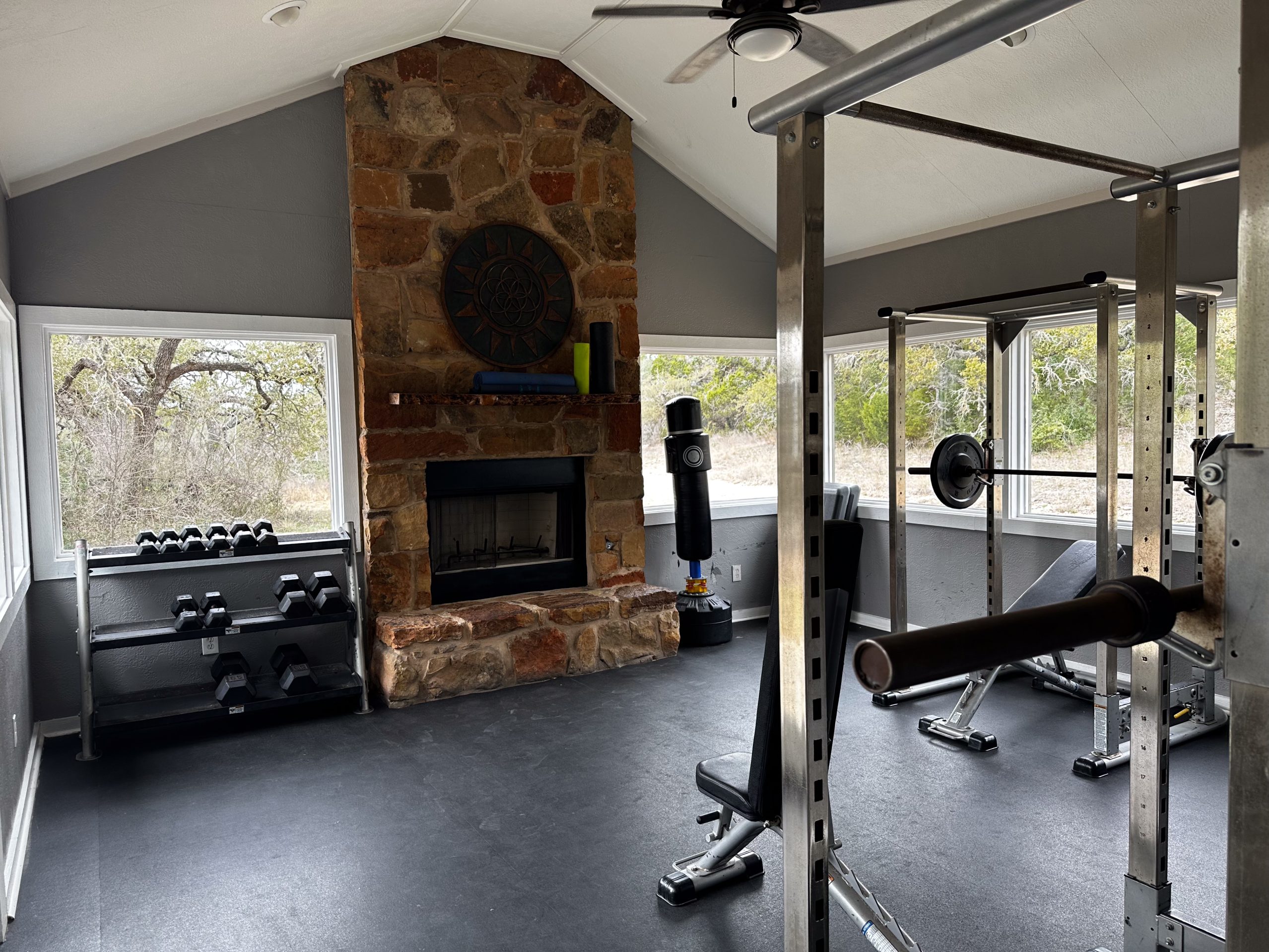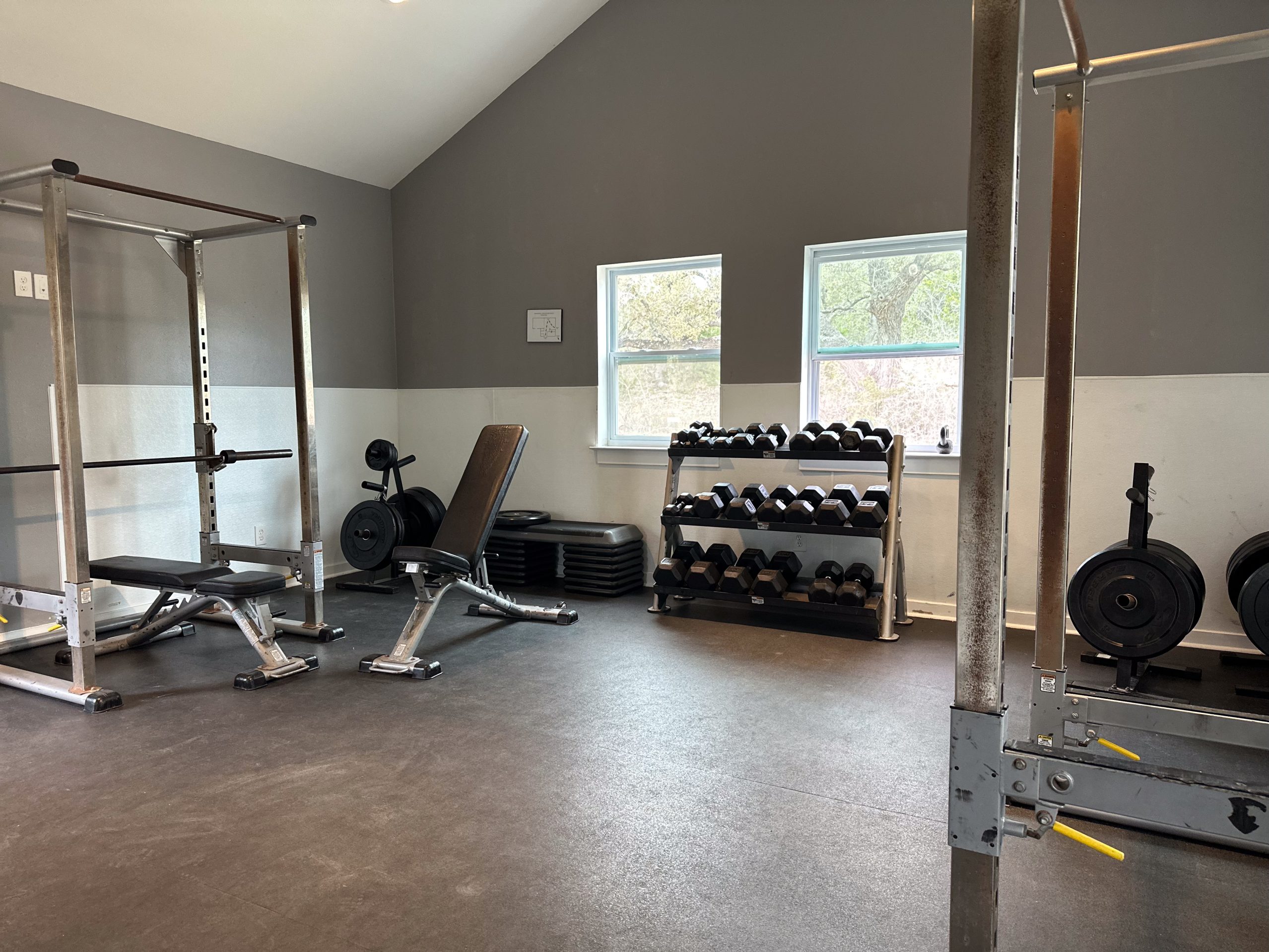Last Updated on October 10, 2025
The Pros and Cons of Drug Rehab in Austin, Texas: The Right Path to Recovery!
At a Glance: Drug Rehab in Austin—Pros, Cons & How to Choose
- Why Austin works: strong recovery community, plentiful meetings/events, and many program styles (from evidence-based to holistic).
- Potential drawbacks: higher costs for some programs, occasional waitlists due to demand, and a lively city vibe that may not suit everyone.
- How to evaluate programs: check staff expertise, accreditation, fit of treatment philosophy, program length, and the quality of aftercare/relapse-prevention support.
- Lifestyle fit matters: Austin’s outdoor spaces, trails, and sober-friendly activities can complement treatment and support early recovery.
- Next steps with Nova: medical detox, inpatient, IOP, and sober living across Austin/Houston/Wimberley with long-term recovery support.
Table of Contents
Deciding to seek help for drug addiction can be a difficult and overwhelming decision. Considering the various options for drug rehab can add an additional layer of stress. One location that has gained a reputation for its drug rehab programs is Austin, Texas. With its vibrant recovery community and array of treatment centers, Austin has become a popular destination for individuals seeking recovery.










However, like any treatment option, there are pros and cons associated with drug rehab in Austin. This blog post will explore the advantages and disadvantages of choosing Austin, Texas as your path to recovery.
The Benefits of Drug Rehab in Austin
There are several benefits to choosing drug rehab in Austin, Texas as your path to recovery. One advantage is the city’s vibrant recovery community. Austin has a strong support system for individuals seeking recovery, with numerous support groups, meetings, and events available. This sense of community can provide a much-needed source of motivation and encouragement throughout the recovery process.
Additionally, Austin offers a wide range of treatment centers, catering to various needs and preferences. From holistic and alternative therapies to evidence-based approaches, there is a treatment center in Austin that can align with your individual goals and values.
Furthermore, the city’s beautiful scenery and outdoor activities can provide a therapeutic environment for healing. The serene parks, hiking trails, and lakes offer opportunities for reflection and self-discovery, complementing the rehab experience.
Overall, drug rehab in Austin offers a supportive community, diverse treatment options, and a healing environment, making it an attractive choice for individuals seeking recovery. However, it is essential to also consider the potential drawbacks, which will be explored in the next section.
Freedom Starts Here. Take Back Your Life Today.
Same-Day Admissions in Austin Available.
The Drawbacks of Drug Rehab in Austin
While drug rehab in Austin, Texas has many advantages, it is important to also consider the potential drawbacks. One drawback is the cost of treatment. Like many other rehabilitation facilities, drug rehab in Austin can be quite expensive, especially for those without insurance coverage. It is essential to explore all financial options and consider the long-term benefits of investing in your recovery.
Another potential drawback is the high demand for treatment in Austin. The city’s vibrant recovery community means that treatment centers may have limited availability and long waiting lists. This can delay access to much-needed treatment, potentially prolonging the recovery process. It is crucial to plan accordingly and explore all available options to avoid unnecessary delays.
Lastly, the vibrant city atmosphere of Austin may not be suited for everyone’s recovery journey. While some individuals may find the energetic and diverse environment beneficial, others may find it overwhelming or distracting. It is important to assess your personal needs and preferences when choosing a rehab location.
Evaluating the Right Path to Recovery
When evaluating the right path to recovery, it is essential to consider various factors that will contribute to a successful rehabilitation journey. One key aspect to assess is the specific approach and treatment methods offered by drug rehab centers in Austin, Texas. Different programs may have varying philosophies and techniques, so it is crucial to choose one that aligns with your personal goals and values. If detox is your first step, our Austin medical detox can start you safely.
Additionally, the expertise and qualifications of the staff members should be considered. Look for a drug rehab facility that has a team of experienced professionals who specialize in addiction treatment. Their knowledge and support can greatly enhance your recovery process.
Furthermore, it is important to evaluate the aftercare support provided by the drug rehab center. Ongoing support and guidance are crucial for maintaining sobriety in the long term. Look for programs that offer relapse prevention strategies, counseling, and access to support groups.
Lastly, take into account the location and environment of the rehab center. Consider whether you prefer a serene and secluded setting or a bustling city atmosphere. The right environment can greatly contribute to your overall well-being during the recovery process.
Considerations when Choosing a Drug Rehab Center in Austin
When considering a drug rehab center in Austin, Texas, there are several important factors to take into consideration. Firstly, it is crucial to assess the cost of the treatment program and whether it aligns with your budget. Some rehab centers may offer financial assistance or accept insurance, so be sure to inquire about these options.
Secondly, it is essential to thoroughly research the reputation and accreditation of the rehab center. Look for reviews from past clients and check if the facility is licensed and accredited by reputable organizations. This will ensure that you are receiving quality care and treatment.
Additionally, consider the amenities and facilities offered by the rehab center. Some centers may provide a range of recreational activities and holistic therapies that can enhance the recovery process. Others may have specialized programs for certain demographics, such as gender-specific or LGBTQ+ inclusive programs.
Lastly, take into account the duration of the treatment program. Some programs may offer short-term intensive programs, while others may provide long-term residential options. Choose a program length that suits your needs and provides adequate time for healing and growth.
Sober fun places to visit in Austin, Texas
One of the unique advantages of undergoing drug rehab in Austin, Texas is the abundance of sober fun activities and attractions available in the area. While recovery is a serious journey, it’s essential to find joy and enjoyment in life without the use of substances.
Austin offers a vibrant and diverse culture with numerous options for sober entertainment. Take advantage of the city’s beautiful outdoor spaces, such as the Barton Springs Pool or Lady Bird Lake, where you can go for a swim, kayak, or enjoy a scenic walk or bike ride.
For those who appreciate the arts, the city is known for its live music scene, with an array of venues that offer sober concerts and performances. Explore the iconic Austin City Limits Live at The Moody Theater or catch a show at the Paramount Theatre.
Austin is also a culinary hotspot, with plenty of restaurants and cafes that cater to a variety of dietary preferences. From farm-to-table eateries to international cuisine, you can explore new flavors and indulge in delicious meals without the need for alcohol or drugs.
In addition to these activities, Austin hosts numerous sober support groups and events that provide a supportive community for individuals in recovery. These include recovery-focused meet-ups, wellness workshops, and recreational clubs. Engaging in these activities not only enhances your recovery but also allows you to build new connections and relationships with others who are on a similar journey.
Recovery With Nova
At Nova Recovery Center, Houston we provide our patients with a very comfortable detox process, where medical professionals provide monitoring and care around the clock. You will be provided with all the medications you need to combat the withdrawal symptoms. You will enroll in the in-patient recovery program where you’ll learn to stay away from drugs, through counseling, group therapy, etc.
Nova Recovery Center commits to helping you overcome your addiction so you can get back to what is most important to you. If you or someone you know are struggling with addiction, Nova Recovery Center can provide support. We have locations in Austin, Houston, and Wimberley Texas. Call today to begin your journey in recovery at (888) 428-1501.
Frequently Asked Questions About Drug Rehab in Austin, Texas
How much does rehab cost in Texas (and Austin)?
Costs vary by level of care and amenities. National guides report 30-day inpatient programs commonly range from about $6,000–$20,000 (some higher), while outpatient is typically lower; Texas averages show outpatient around ~$1,640 for 30 days and residential averages near ~$56k depending on program length and setting.
How long does rehab usually last?
Typical stay lengths are 30, 60, or 90 days, but programs can be shorter or extend several months based on clinical need; longer stays (90+ days) often show better outcomes.
Does Medicaid cover rehab in Texas?
Yes—Texas Medicaid and many managed Medicaid plans cover parts of substance-use treatment (e.g., assessments, outpatient, some inpatient), but coverage varies by plan, network status, and level of care. Always verify benefits with the provider.
What’s the difference between inpatient and outpatient rehab?
Inpatient provides 24/7, structured care on site for a set period; outpatient (including IOP) lets you live at home while attending scheduled therapy multiple days per week. Choice depends on severity, support system, and medical/psychiatric needs.
Is medical detox required before rehab?
If there’s physical dependence (e.g., alcohol, benzodiazepines, opioids), medically supervised detox is often the first step to manage withdrawal safely before transitioning into inpatient or outpatient rehab.
Are there low-cost or free rehab options in Texas?
Yes—Texas has publicly funded and nonprofit programs; statewide directories show facilities with Medicaid, sliding-scale, and some free options. Availability varies by county and program.
Which factors should I evaluate when choosing an Austin rehab?
Check accreditation/licensure, evidence-based services, dual-diagnosis capability, staff credentials, length/structure of care, aftercare planning, and insurance verification.
How do I know if inpatient or outpatient is right for me?
Consider withdrawal risk, relapse history, co-occurring conditions, home environment, and work/family obligations. A professional assessment can match you to the appropriate level of care.
What happens after I finish rehab?
Effective programs arrange step-down care—IOP/PHP, recovery housing, and ongoing relapse-prevention and counseling—to support long-term recovery.
Do Austin rehabs accept private insurance?
Many do; coverage depends on your plan and whether the provider is in-network. Always verify benefits with admissions before enrolling.
Other Drug and Alcohol Rehab Locations
Medical Disclaimer
The information on this page is intended for educational purposes only and should not be taken as medical advice, diagnosis, or treatment. Substance use disorders and recovery needs vary from person to person. Always seek guidance from a licensed healthcare professional or addiction specialist before making decisions about detox, rehab, or medication. Do not attempt to start or stop treatment on your own. If you are experiencing a medical emergency, call 911 immediately. For emotional distress or suicidal thoughts, contact the 988 Suicide & Crisis Lifeline for free, confidential support, available 24/7 in the United States.
Nova Recovery Center Editorial Guidelines
By instituting a policy, we create a standardized approach to how we create, verify, and distribute all content and resources we produce. An editorial policy helps us ensure that any material our writing and clinical team create, both online and in print, meets or exceeds our standards of integrity and accuracy. Our goal is to demonstrate our commitment to education and patient support by creating valuable resources within our realm of expertise, verifying them for accuracy, and providing relevant, respectful, and insightful data to our clients and families.


